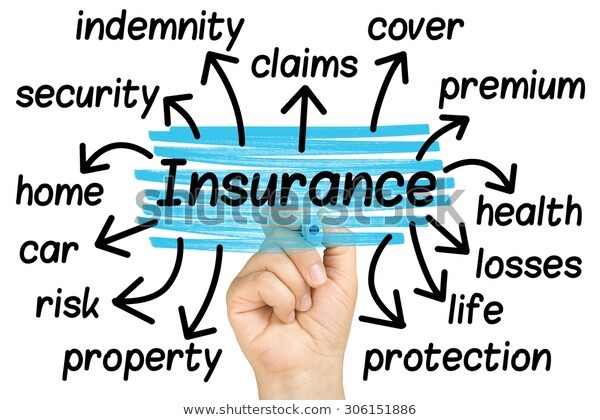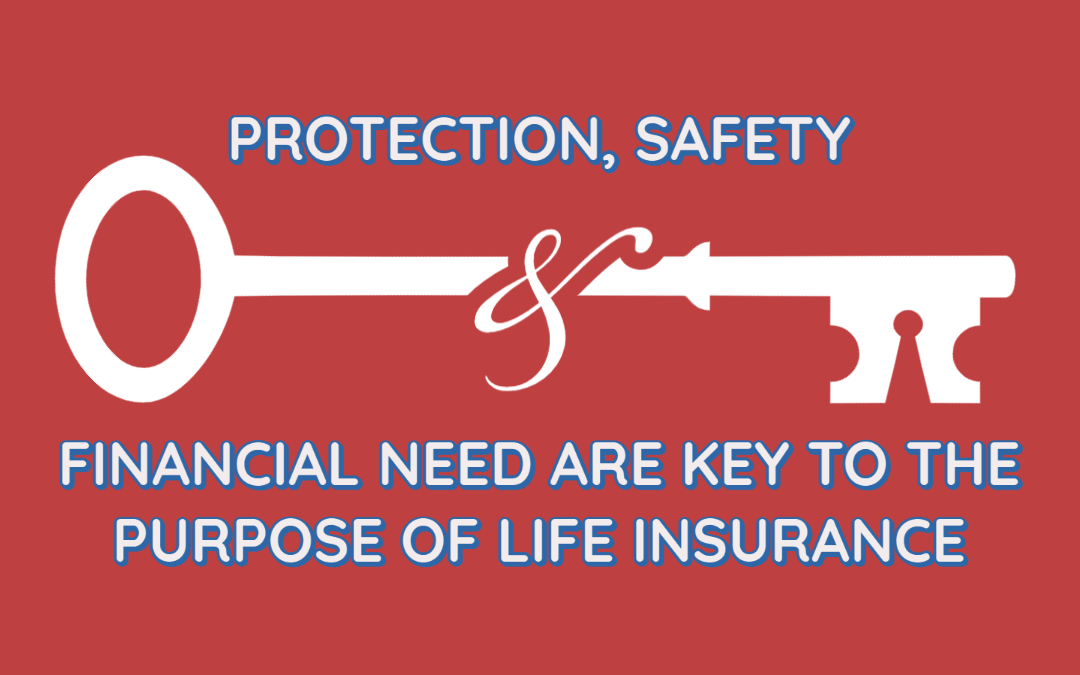What Does Pacific Prime Do?
What Does Pacific Prime Do?
Blog Article
Pacific Prime Fundamentals Explained
Table of ContentsUnknown Facts About Pacific Prime4 Easy Facts About Pacific Prime Explained8 Easy Facts About Pacific Prime ExplainedSome Known Incorrect Statements About Pacific Prime
In most states, the insurance firm is required to send you a copy of the changes to your policy. It is important that you read Endorsements or Bikers so you comprehend how your policy has actually altered and if the plan is still ample to meet your needs. To get a copy of your insurance coverage plan, please contact your insurance representative or business.
The Institute of Medicine (IOM) Board on the Effects of Uninsurance launches a prolonged assessment of evidence that addresses the significance of health and wellness insurance coverage with the publication of this report. Coverage Issues is the initial in a series of six reports that will be released over the following two years recording the fact and repercussions of having an estimated 40 million individuals in the United States without medical insurance protection.

Rumored Buzz on Pacific Prime
The objective of this collection of studies is to refocus policy interest on a longstanding issue. Complying with the longest economic development in American background, in 1999, an estimated one out of every 6 Americans32 million adults under the age of 65 and more than 10 million childrenremains without insurance (Mills, 2000).

10 percent of the population represent 70 percent of wellness treatment expenditures, a connection that has actually remained constant over the previous three years (Berk and Monheit, 2001) - international health insurance. Hence health and wellness insurance coverage remains to offer the function of spreading threat even as it significantly funds regular treatment. From the perspective of health care carriers, insurance lugged by their individuals aids protect an income stream, and communities benefit from monetarily feasible and secure wellness treatment specialists and establishments
Federal government gives medical insurance to populaces whom the personal market may not offer successfully, such as disabled and senior citizens, and populations whose access to health and wellness care is socially valued, such as kids and pregnant women. The best ends of medical insurance protection for the private and neighborhoods, including workplace neighborhoods of staff members and companies, are enhanced wellness end results and high quality of life.
The Buzz on Pacific Prime
Employees rank medical insurance initially without a doubt in significance why not try this out among all the advantages provided in the office (Salisbury, 2001). Although there have been substantial investments of individual and public funds to provide wellness insurance, several individuals still have no protection. Despite considerable reporting of survey searchings for and health care research results, the public continues to be overwhelmed and misinformed about Americans without medical insurance and the ramifications of doing not have coverage.

Without question, the intricacy of American wellness care financing mechanisms and the wide range of resources of information include in the public's confusion and suspicion about medical insurance statistics and their analysis. This record and those that will comply with goal to boil down and offer in conveniently understandable terms the substantial study that bears upon inquiries of health insurance coverage and its value.
Fifty-seven percent of Americans questioned in 1999 thought that those without health and wellness insurance are "able to obtain the treatment they require from medical professionals and health centers" (Blendon et al., 1999, p. 207). In 1993, when nationwide interest was concentrated on the troubles of the uninsured and on pending wellness treatment legislation, simply 43 percent of those polled held this belief (Blendon et al., 1999).

They likewise get fewer preventative solutions and are less likely to have normal take care of chronic conditions such as high blood pressure and diabetes mellitus. Persistent illness can result in expensive and disabling complications if they are not well managed (Lurie et al., 1984; Lurie et al., 1986; Ayanian et al., 2000). One national study asked greater than 3,400 adults regarding 15 very serious or morbid problems.
See This Report about Pacific Prime
Additional evidence is offered later in this chapter in the conversation of insurance policy and access to healthcare. https://ameblo.jp/pacificpr1me/entry-12846866195.html. Individuals without wellness insurance policy are young and healthy and balanced and pick to do without insurance coverage. Nearly fifty percent (43 percent) of those evaluated in 2000 thought that individuals without health insurance policy are most likely to have wellness issues than people with insurance coverage
Voters and policy makers in emphasis team conversations characterize those without insurance coverage as youngsters who have the possibility to be covered and feel they do not require it (Doorperson Novelli, 2001). Contrasted to those with a minimum of some personal coverage, the uninsured are much less likely to report remaining in superb or very excellent health and wellness (Company for Healthcare Research and Top Quality, 2001).
RESOURCE: Center for Cost and Financing Researches, Agency for Healthcare Research and High quality, based upon MEPS data. Youthful grownups in between 19 and 34 are far more most likely to do not have medical insurance than any other age group. This is primarily because they are less usually eligible for employment-based insurance policy due to the nature of their task or their brief tenure in it.
The understanding that people without insurance policy have better-than-average health and wellness follows from perplexing the fairly young age profile of the without insurance with the better health, usually, of younger individuals. This covers the web link between health and wellness status and wellness insurance. For those without accessibility to office medical insurance, inadequate wellness is a possible obstacle to buying nongroup protection since such protection may be extremely valued, exclude preexisting conditions, or be simply not available.
Report this page